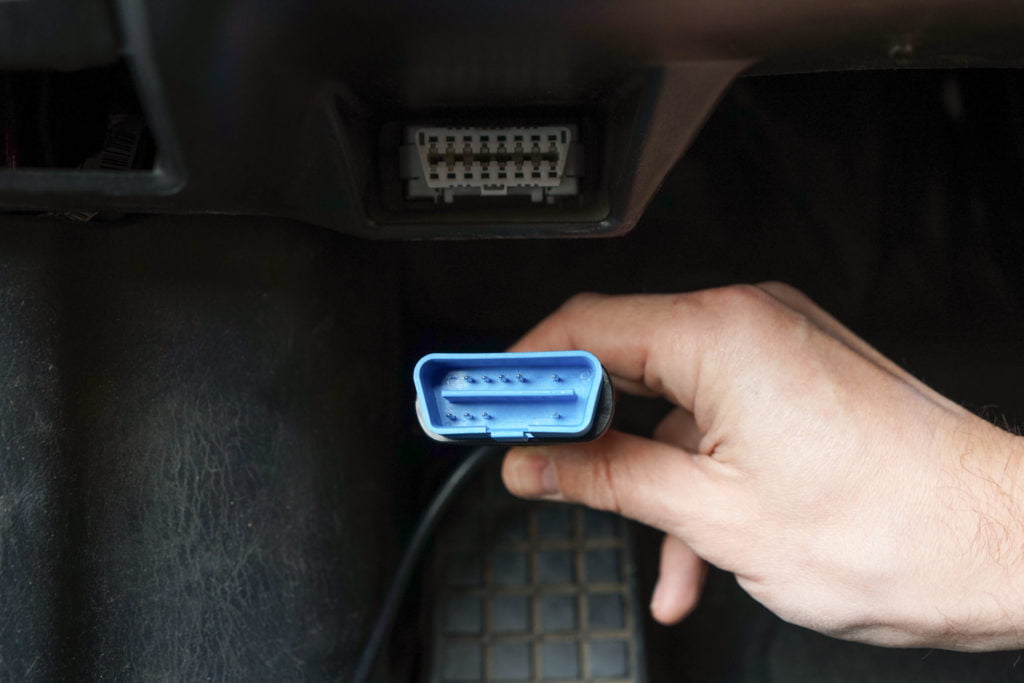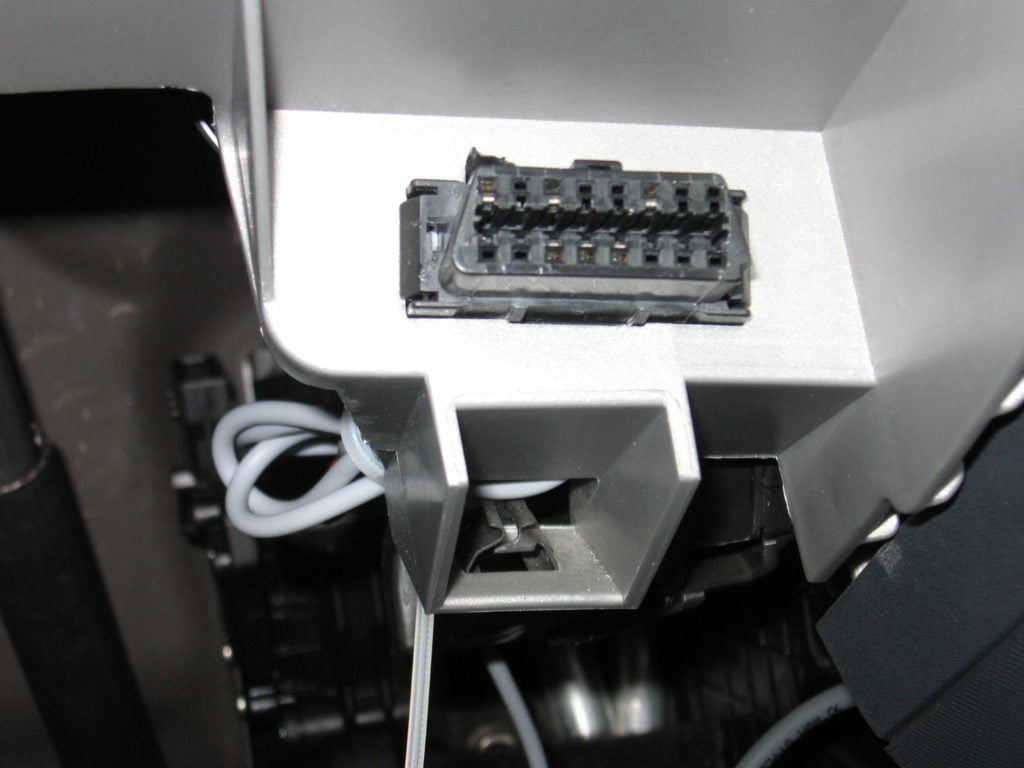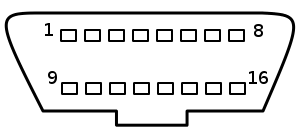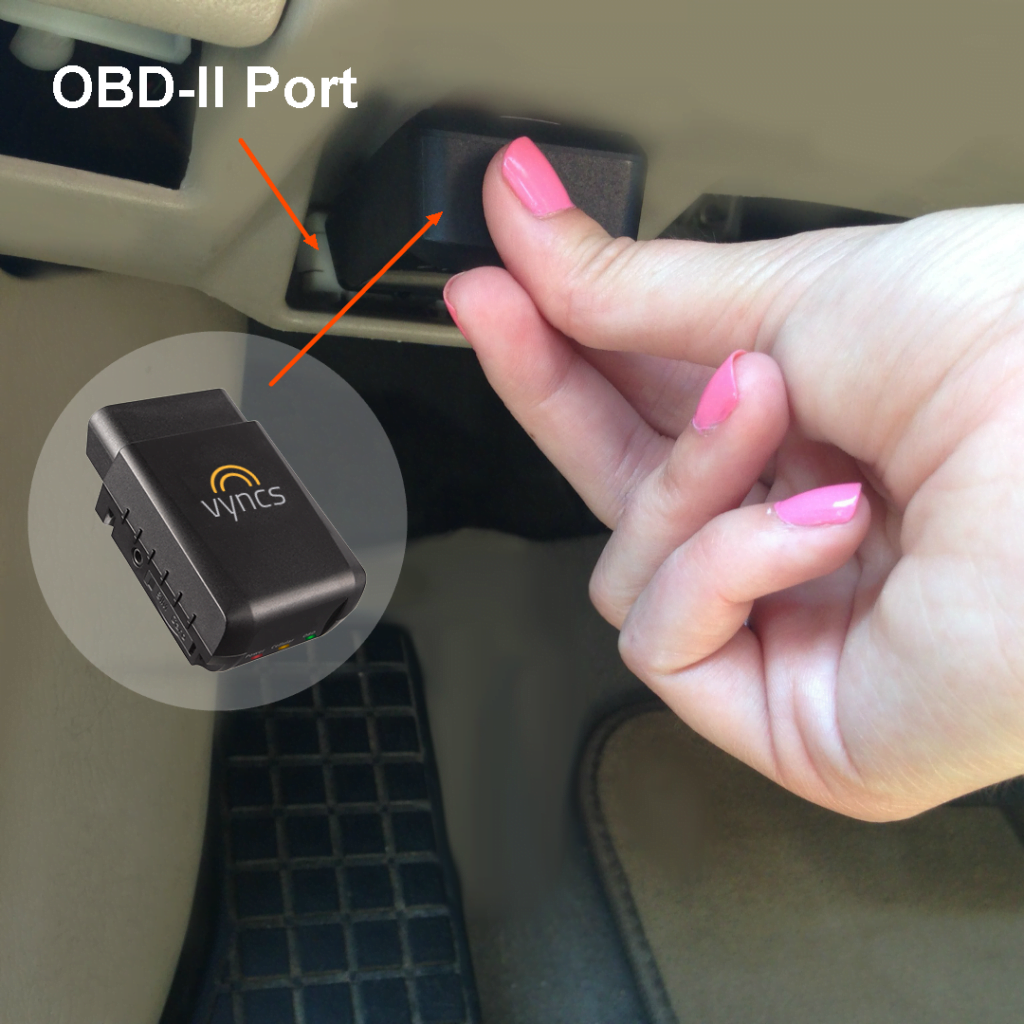There are two main OBD systems, OBD1 and OBD2, used in the vehicles found on the roads. There’s a vast difference between the two as they differ in terms of standardization, features, connectivity, and reliability.
OBD1 was the first system introduced. However, it is now at the brink of extinction as almost all new vehicles contain the updated OBD2 system.
We’ll have a look at OBD1 and OBD2 in this OBD1 vs. OBD2 comparison piece:
Table of Contents
OBD1 vs. OBD2: The basis
OBD: What is it?
OBD stands for onboard diagnostics. It refers to a vehicle’s ability to self-diagnose issues and report them. The system consists of built-in sensors that help find engine faults.
On-board diagnostics introduction
Credit: youtube.com
OBD1: California standard
OBD1 was introduced in 1991 and offered a mix of features including reporting and finding engine faults. It can also communicate with the vehicle’s computer systems.
Cars manufactured between 1991-1996 support this platform. OBD1 is used for vehicles to focus on emissions and discharge system. This system was first of its kind. It allowed the car to communicate and give feedback.
The primary function of the OBD1 system was to develop vehicles that were dependable and controlled. It made cars more reliable and durable as it gave access to valuable information that helped developers improved vehicles.
OBD2: Federal universal standard
Connection port shape of OBDII

Credit: www.flickr.com
OBD2 is the updated version of OBD1 and offers more features as well. Moreover, it’s said to be more reliable and convenient as well.
OBD2 can find problems not only in the engine but also in other parts of the vehicle. You will, however, need an advanced OBDII scanner to perform such tasks.
It is the currently used standard as it offers real-time output and helps save time. The system was introduced in 1996, and it supports a large variety of vehicles manufactured in and after 1996.
Unlike the first system, this new system helps not only companies make better cars but also allows mechanics to identify problems. It can be used by car owners to detect and solve problems on their own to reduce trips to the mechanic.
OBD2 explained – A simple intro
Credit: youtube.com
Is my car OBD1 or OBD2?
OBD plug in cars

Credit: wikimedia.org
A lot of forums are flooded with the question ‘what type of OBD is my car?’ to know this, you need to check the nameplate or the sticker under the hood. It will tell you if your car is OBD2 or OBD1 compliant.
Other than that, if you know the model and year of manufacture then you can identify the OBD system your car supports.
- Cars made before 1996: OBD1 compliant.
- Cars made in and after 1996: OBD2 compliant
OBD1 to OBD2: Excellent development of car technology
OBD connector shape

Credit: wikimedia.org
The good thing about technology is that it keeps on improving. OBD2 is the result of changing technology. It’s made to do more than just what OBD1 did or does.
OBD1 did not take too long to dissolve or become obsolete as it was not adequately implemented by companies. It was a semi-automatic system and had limited functionalities. Plus, scanners were manufacturer-specific, i.e., one scanner worked for one manufacturer only.
To improve these issues, OBD2 was developed. It is a standardized system that offers more functionalities and covers a wide diversity of OBD2 compliant vehicles. In other words, an OBD2 scanner will include most manufacturers, unlike OBD1 scanner.
Another reason for development was to provide better connection facilities. OBD1 system didn’t allow remote connections, but OBD2 does. Thus, you can use Bluetooth and WiFi to control OBD2 scanners as some offer wireless connections.
OBD1 vs. OBD2: Key differences
Let’s check out the main difference between OBD1 vs. OBD2.
OBD1
If you own an older car that was manufactured before 1996 then you have no choice but to go for an obd1 scanner. This is because older cars do not support modern obd2 scanners.
While obd1 scanners do offer a few functionalities, the cons outweigh the pros. They support manufacturer-specific scanners only, which means that one scanner can work with just a single brand.
Moreover, they offer limited features and can be slow to respond. Plus, it can be hard to pinpoint the exact cause of a problem due to a lack of explanation.
Still, if your car is OBD1 compliant then investing in a scanner can help you save money.
OBD2
OBD-II port

Credit: wikimedia.org
Cars manufactured in 1996 and later support OBD2 scanners. These scanners offer a mix of primary and advanced functions based on the scanner selected.
The system, itself, however, can let you perform various tests. It allows you to check and remove engine light and test a variety of components and systems including ABS, SRS, and battery.
OBD1 and OBD2: Comparison chart
| OBD1 | OBD2 | |
|---|---|---|
| Vehicles Supported (Year) | OBD1 year were 1991-1995 | OBD2 years are 1996 - Present |
| Nature | Semi-Automatic | Automatic |
| Scanner Support | One OBD1 scanner can support one car only | One OBD2 scanner can support many OBD2 supported cars |
| Cars Supported | Cars manufactured between 1991-1996 including a few 80’s models as well | Supports all compliant cars manufactured in 1996 and later |
| Installation | OBD1 scanners are connected to the console but don’t offer remote connectivity | OBD2 scanners are connected to the OBD2 port and may work wirelessly via Bluetooth or WiFi. |
| Connectivity | Supports only corded OBD1 scanners | Corded and wireless |
| Use | Low | High |
| Accuracy | Poor with no detailed explanations of the code | High with detailed code explanations |
| Instructions | CEL | C2123 |
Should I take an OBD1 or OBD2 scanner for my car?
You should pick a scanner that is compatible with your vehicle. Also, pay attention to the features a scanner offers as they differ from unit to unit.
FAQs
❓ Is it okay to drive the car with the scanner plugged in?
💡 While it is not technically risky, you should not leave the scanner plugged in as it will continue to draw power from the battery and may cause the battery to weaken.
❓ Can one car support both the systems?
💡 No, one car is made to support only one system.
❓ Can one scanner support both the systems?
💡 Some scanners may be able to support both the system, but they will require different cables as both the systems have different connectors.
❓ Where can I find the OBD port?
💡 The port is usually found under the dashboard, right beneath the steering. However, it may be placed elsewhere in some cars. It is best to look at the manual or ask an expert if you can’t find it.
❓ Can I upgrade my OBD system?
💡 It is possible to change the system (OBD1 to OBD2), but the process can be complicated and expensive. Plus, it is also not legal in the US. Hence it may not be a good idea to try to upgrade the system.
❓ Can I use the OBD system without a scanner?
💡 No, you cannot. You will need a compatible scanner to read codes and identify problems.
❓ Will there be a new system after OBD2?
💡 OBDII is already in development, but there is not much known yet about what it has to offer.
Conclusion
That is all we want to share about the differences between OBD1 vs. OBD2. We hope that this article will help you solve your problem.



You can use OBD1 without scanner on Toyota. Just need a paperclip to connect the terminals.
Thank you for the info, Ahmad.